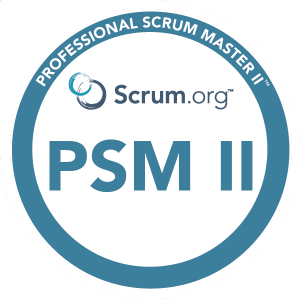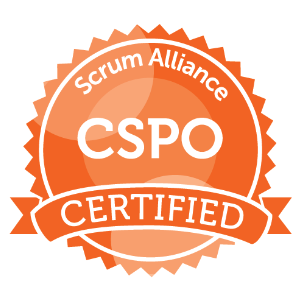As a scrum advocate, you embrace the agile framework of collaboration, communication, and feedback among team members. However, experience has taught the seasoned observers that not all team members may feel comfortable or motivated to participate in Scrum events, such as Sprint Planning, Daily Scrum, Sprint Review, and Sprint Retrospective.
You would notice in your team dynamics some are more vocal than others, perhaps seniority bias, or egos coming into play.
So how can Scrum Masters and Product Owners encourage more engagement and involvement from their team members? I have three techniques that may help: 1) Round Robin, 2) Quiet Writing, and 3) Free-for-All.
Round Robin
Round Robin is a simple technique that involves going around the group and asking each person to share their ideas, opinions, or feedback on a specific topic or question. This technique ensures that everyone has a chance to contribute and that no one dominates the discussion. It also helps to create a safe and respectful environment where people can express themselves without interruption or judgment.
Some tips for using Round Robin are:
- Establish a clear purpose and timebox for the session.
- Invite people by name and use open-ended questions to elicit their input.
- Acknowledge and appreciate each person’s contribution and move on to the next person.
- Summarize the main points and outcomes at the end of the session.
Quiet Writing
Quiet Writing is a technique that involves giving the team some time to write down their thoughts or ideas individually before sharing them with the group. This technique allows people to reflect and process the information at their own pace and express themselves more clearly and confidently. You can use Quiet Writing for various purposes, such as:
- Exploring a complex or controversial topic or issue
- Brainstorming creative or innovative ideas or solutions
- Sharing personal or professional goals or aspirations
- Providing constructive or appreciative feedback or recognition
To use Quiet Writing effectively, you should:
- Provide a clear and specific question or prompt for the team to write about
- Give the team enough time to write, but not too much to lose focus or interest
- Provide the team with a suitable medium to write, such as paper, sticky notes, online tools, etc.
- Invite the team to share their writings with the group, either verbally or visually
- Acknowledge and appreciate the diversity and richness of the team’s writings
Free-for-All
Free-for-All is a technique that involves letting the team discuss or debate a topic or issue freely and openly, without any predefined structure or rules. This technique enables people to express their opinions or perspectives candidly and passionately and to challenge or support each other’s views. You can use Free-for-All for various purposes, such as:
- Exploring a new or emerging topic or issue
- Stimulating creative or critical thinking and learning
- Resolving a conflict or disagreement
- Building trust and rapport among the team members
To use Free-for-All effectively, you should:
- Choose a relevant and engaging topic or issue for the team to discuss or debate
- Set some basic ground rules or expectations for the team to follow, such as respecting each other, listening actively, avoiding personal attacks, etc.
- Facilitate the discussion or debate by asking open-ended questions, clarifying points, summarizing arguments, etc.
- Monitor the time and energy of the team and intervene or end the discussion or debate when appropriate
- Debrief the team on the outcomes and learnings of the discussion or debate
Conclusion
You want to get the best out of your team, and they only happens when they are firing on full cylinders. Meritocracy only happens with a diverse body of thought and opinions. By using these three facilitation techniques, you can create a more inclusive and collaborative environment for your team and help them achieve their goals and deliver value. Try them out and see how they work for you and your team




